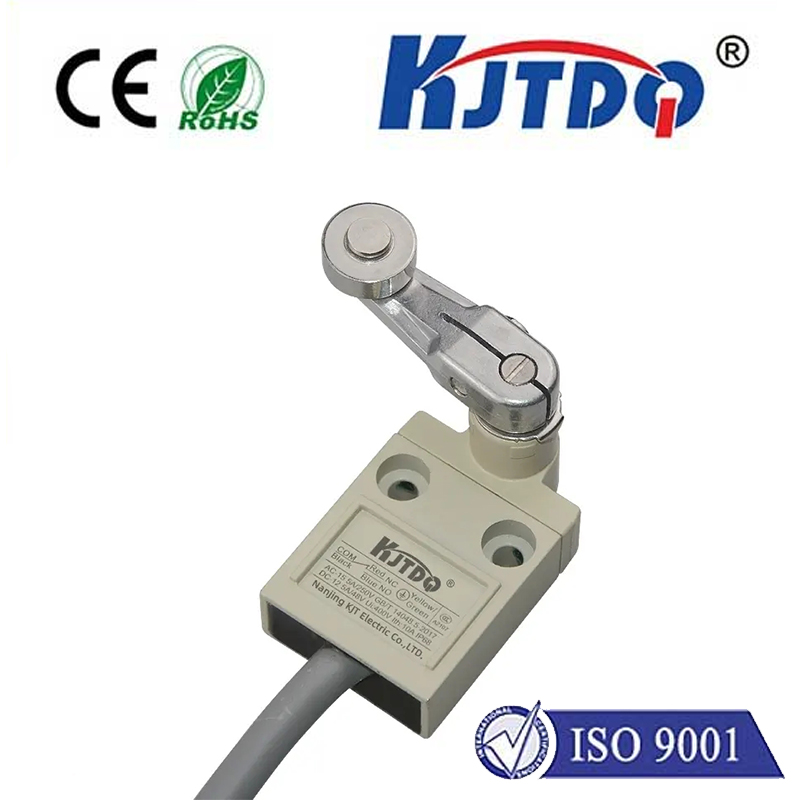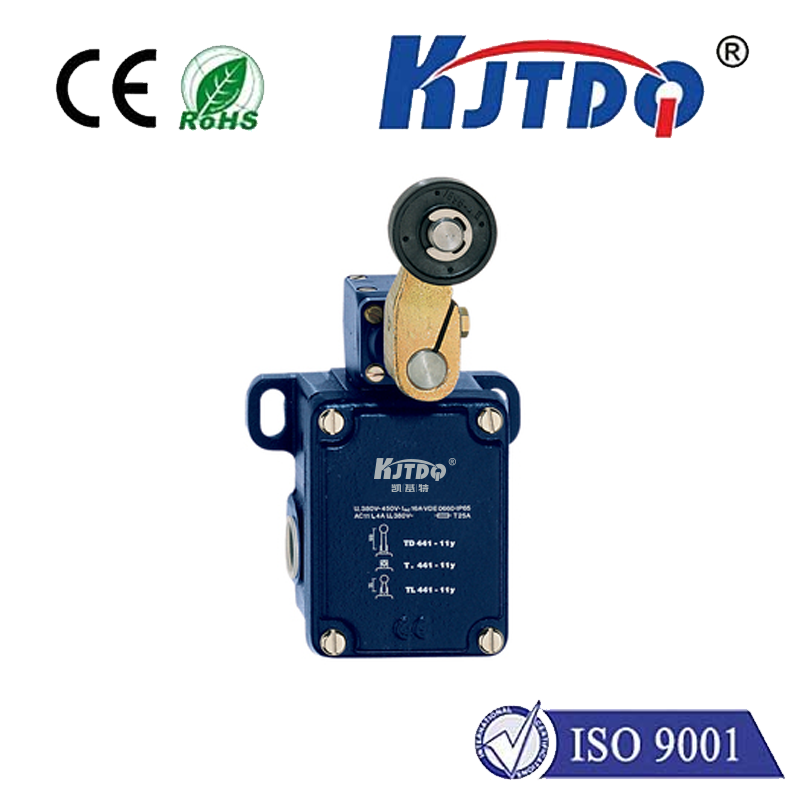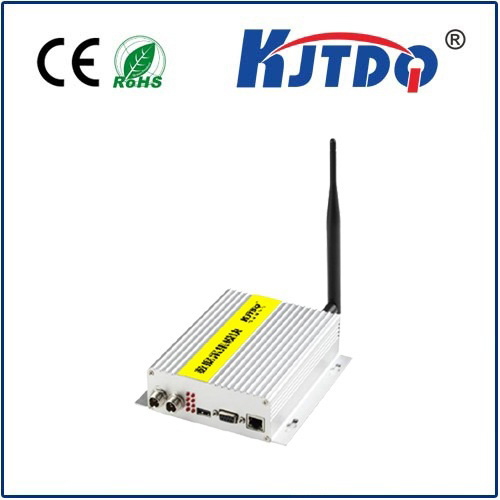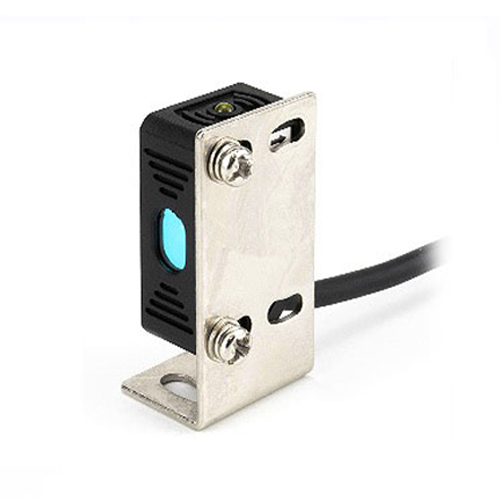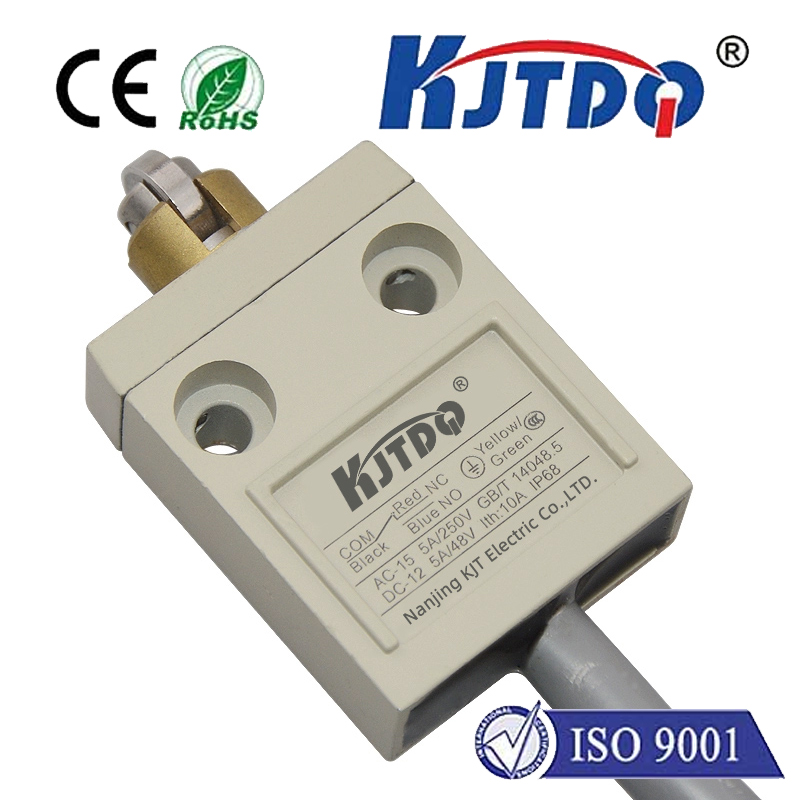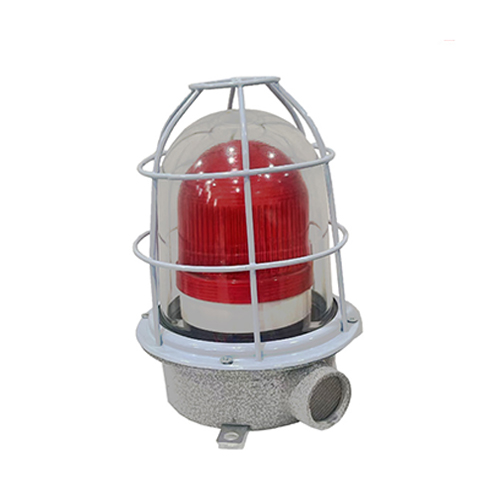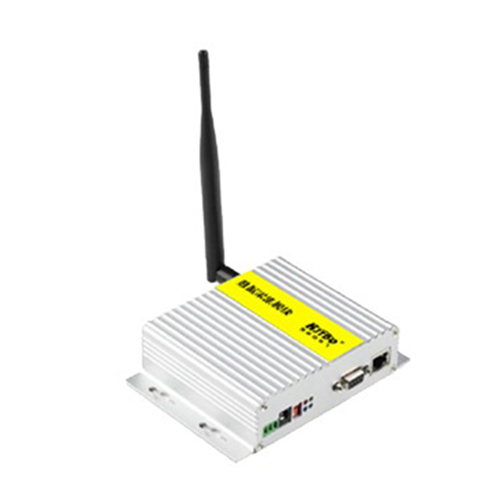

check

check

check

check

check

check

check

check

check

check

Title: The Essential Role of Temperature Measurement Sensors in Modern Technology In the constantly advancing field of technology, temperature measurement sensors have become indispensable tools used across various industries. These sensors are designed to detect and measure thermal changes within their environment, providing critical data for monitoring, controlling, and ensuring safety in numerous applications. The Importance of Accurate Temperature Monitoring Temperature measurement sensors play a crucial role in ensuring the proper functioning and efficiency of numerous systems. They are essential for monitoring ambient temperatures, checking the temperature of industrial processes, and managing the climate control within residential and commercial spaces. In sectors such as healthcare, agriculture, and environmental science, precise temperature measurements are vital for preventing spoilage, conducting experiments, and protecting sensitive equipment from overheating or excessive cold. Types of Temperature Measurement Sensors There is a wide variety of temperature measurement sensors available on the market, each with different specifications catering to diverse needs. Some common types include thermistors, thermocouples, resistance temperature detectors (RTDs), and infrared sensors. Each type operates based on different technological principles, offering varying degrees of accuracy, durability, and price points. The selection of an appropriate sensor depends on factors like the required temperature range, sensitivity, response time, and environmental conditions where the sensor will be used. Technological Advancements in Temperature Sensors With innovation at the forefront of technology, temperature measurement sensors have seen significant advancements in recent years. Smart sensors equipped with digital interfaces can now provide real-time data logging and remote monitoring capabilities. Additionally, developments in material science have resulted in sensors that can withstand harsh environments, thereby expanding their applicability in extreme conditions. The integration of Internet of Things (IoT) technology has enabled temperature sensors to become integral components of smart systems, facilitating automation and optimized control. Challenges and Future Perspectives Despite the progress, there remain challenges in the design and use of temperature measurement sensors. Ensuring accuracy over a long period, minimizing interference from external factors, and enhancing sensor durability are ongoing areas of focus for researchers and engineers. Looking forward, as technology continues to evolve, we can anticipate even more sophisticated temperature sensors that are faster, more reliable, and capable of seamlessly integrating into complex networks for a myriad of cutting-edge applications. Conclusion Temperature measurement sensors are fundamental to a multitude of modern technologies and operations. Their ability to provide accurate and timely temperature readings makes them invaluable tools in an array of fields. As technology marches forward, so too will the sophistication and application of these sensors, cementing their status as cornerstone devices in the ever-evolving landscape of innovation and efficiency.
